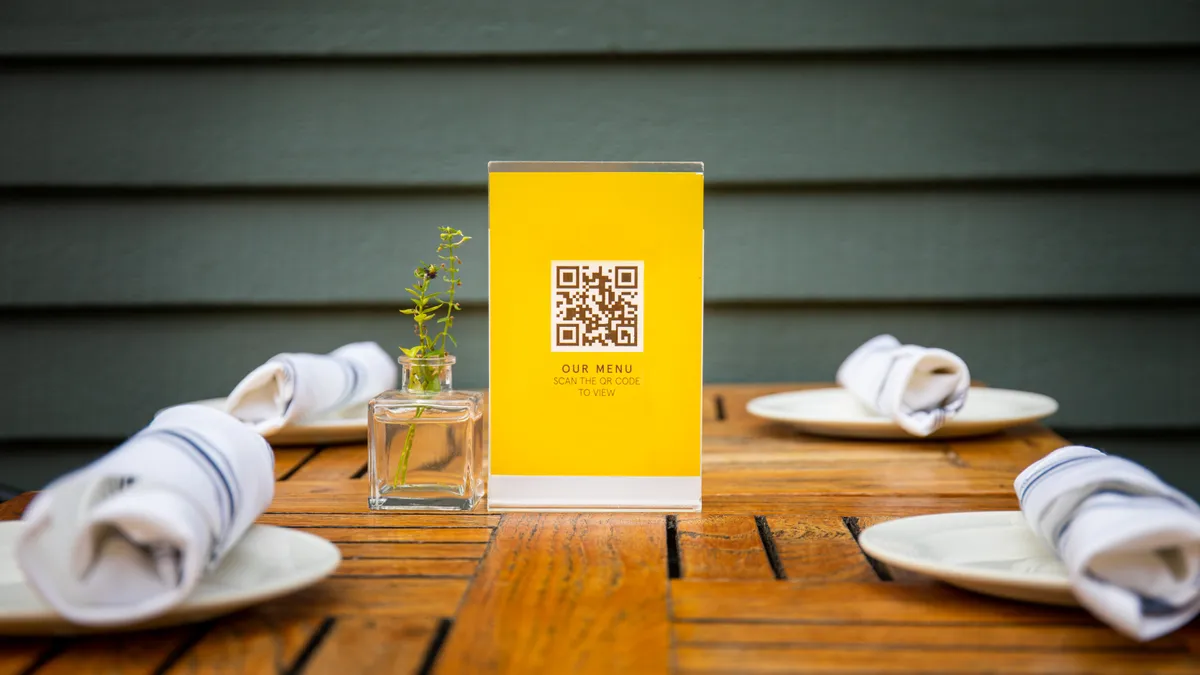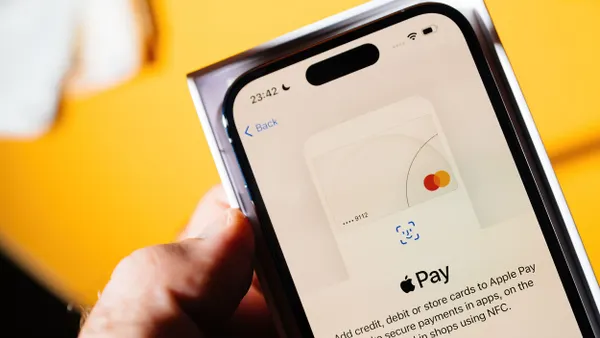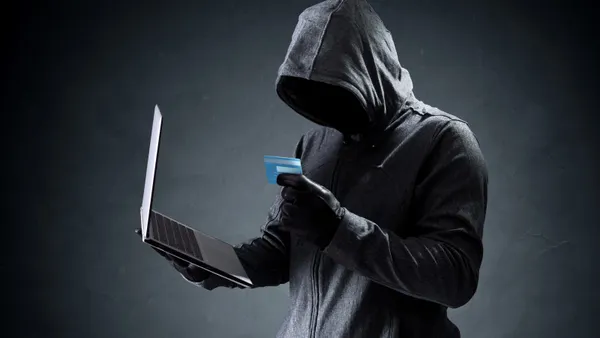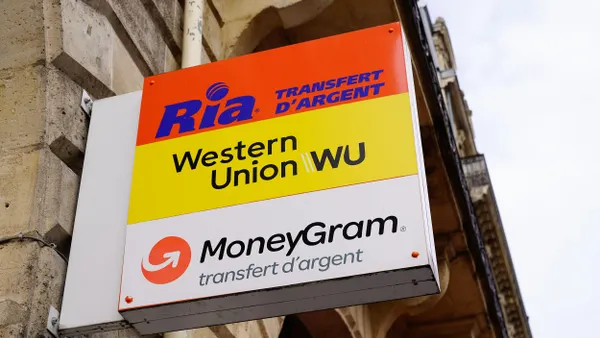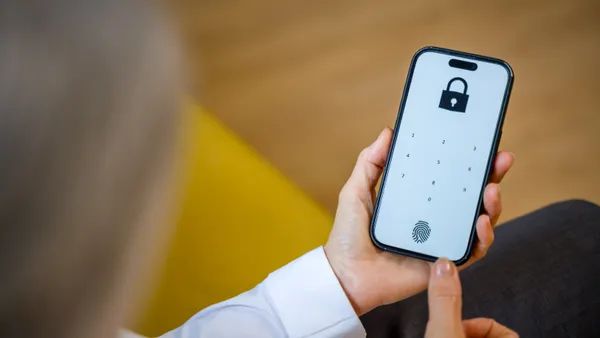Two years ago, QR codes were a fringe piece of technology for most consumers, but the pandemic changed all that. Restaurants and other businesses, looking to overcome staffing shortages and find an easy solution to facilitate contactless transactions, brought the QR code front and center to everyday people. All of a sudden, QR codes were everywhere—on restaurant tables, menu boards, parking meters, and even the backs of seats in stadiums—enabling guests to order and/or pay right from their mobile phone.
And then came the scammers.
The FBI issued an announcement in January 2022 calling attention to the fact that cybercriminals were using QR codes to send people to fraudulent payment sites or embed malware. The primary culprits appeared to be scammers in San Antonio and Austin, Texas, who placed fraudulent QR code stickers on parking meters, but savvy business owners saw the implicit threat that copy-cate criminals could easily target their customers.
"While QR codes themselves are not malicious, the ease with which criminals can create their own fake codes is a growing concern," says Mark Walz, chief technology officer for SpotOn Transact LLC, a San Francisco-based software and payments technology company.
Thankfully, there are simple precautions you can take to minimize the threat of fraud when using QR codes.
1. Audit your existing codes.
QR codes are square barcodes that a mobile phone camera can scan to be directed to a website, a mobile application download, or payment portal. The sheer simplicity of them makes it easy for scammers to create their own QR codes and place them over the top of legitimate codes you may have placed around your business. To avoid this at your business, the most effective thing you can do is regularly check them.
- Inspect all your QR codes to make sure no one placed a new QR code over the top or otherwise tampered with them
- Test every QR code with a mobile phone or tablet to make sure it sends you to your website or online ordering platform
2. Safely store QR codes during non-business hours.
Like other types of fraud and theft, one of the best deterrents of QR fraud is to minimize the opportunity for criminals to tamper with your QR codes in the first place. If you display QR codes on outdoor patios, parklets, or signage outside your storefront, be sure to bring them inside before closing and store them in a safe place. As an extra layer of precaution, you can inspect each QR code before placing them back outside every day.
3. Brand your QR code placards/table-tents with your business's name or logo.
Some customers may be wary of scanning a QR code if they're not sure it's legitimate. The easiest way to lend legitimacy is to simply make sure that any placards, tabletents, or signs you print out with QR codes look professional with your business name, logo, etc. In addition to boosting customer confidence, it also creates a better guest experience so they know exactly where to order and pay.
4. Train your employees to educate customers.
In order to create a safe and seamless experience for everyone, it's important that your staff is up to speed with your new safety procedures. If guests raise a concern at your business, tell them about the measures you've taken to ensure your QR codes haven't been tampered with and feel free to share with them the FBI's tips for consumers, located at the bottom of the FBI announcement.
At the end of the day, these 4 simple steps can help ensure customer confidence in a technology that's proving to be a value revenue generator for businesses.
“QR codes have become a vital resource for restaurants,” says Walz. “We've seen QR codes be misappropriated around the world, and now it's happening in the U.S., and so restaurants just have to take some precaution and perform some daily hygiene, if you will, around those QR codes.”

